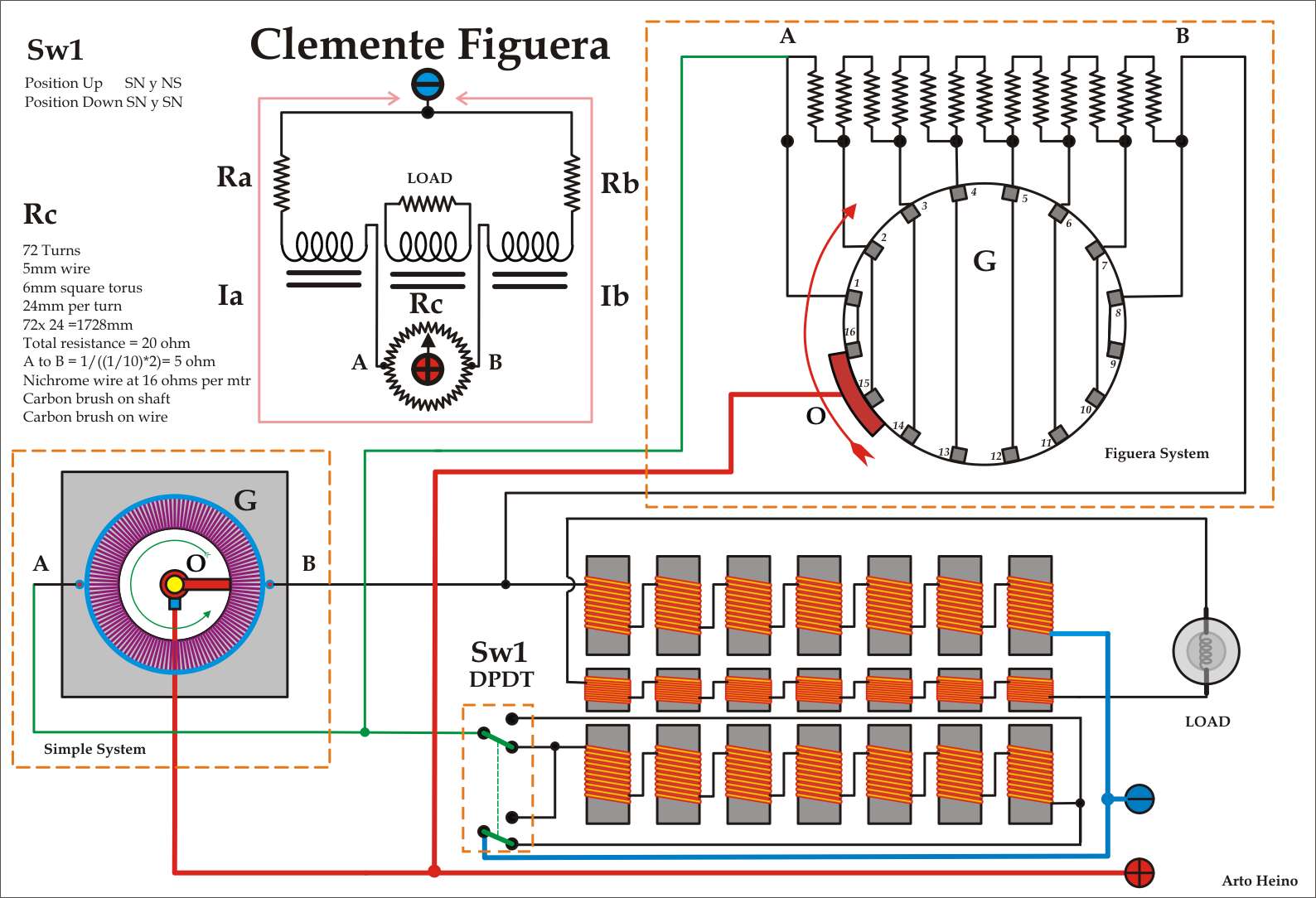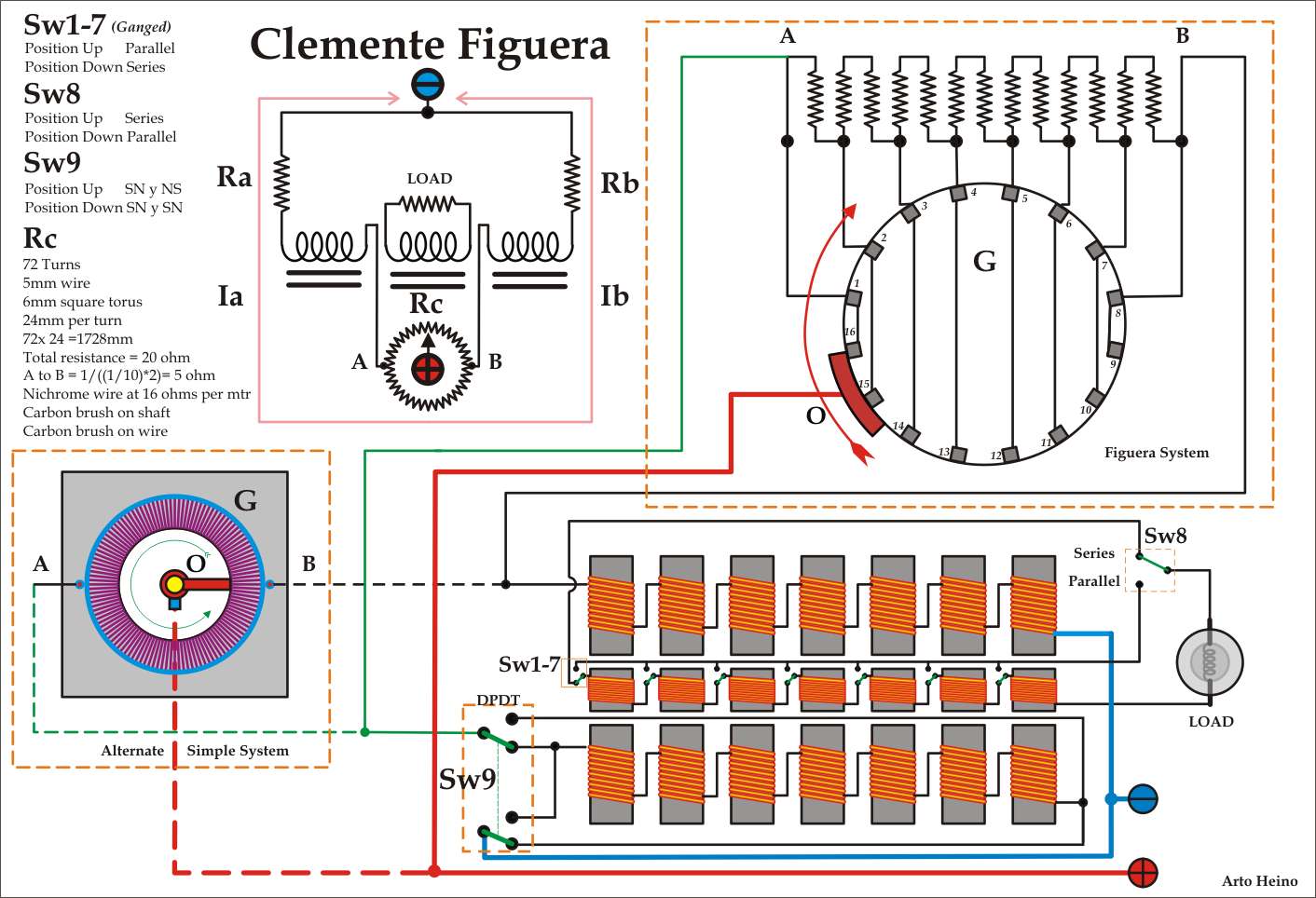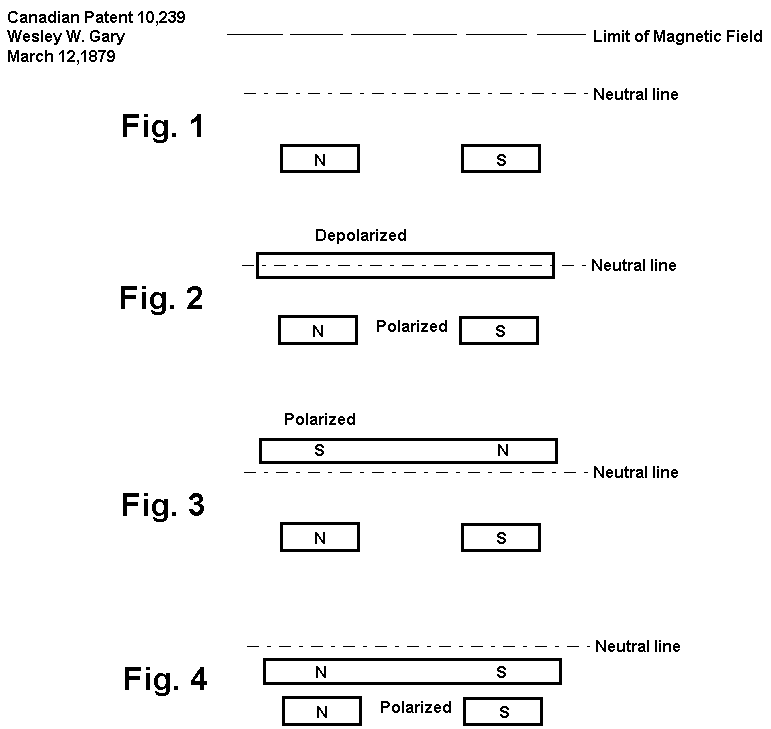One doubt: suppose that we really have opposite poles facing each other (N <--> S) in the inducers. If the inducer north pole is increasing in intensity it will produce (lenz law) a north pole in the induced coil side close to it. An if the inducer south pole is decreasing in intensity it will ALSO produce a north pole in the induced coil side close to it. Two north poles induced at the same time: no good for induction ( explaining in other way: one inducer is incresing the field along the induced coil while the other inducer is decresing the field along the coil. Result: the net field change is almost zero) or, maybe will two south poles appear inside the induced coil ? Could this imbance in the field 1("opening flux valve") and 2 ("closing flux valve") escape from that induced coil in some way? Maybe this last question is the answer: I posted an schematics drawing the "escape" of the flux lines from the induced core in each "swing" of the electromagnets
A completely different situation will appear with like poles facing each other (N <--> N or S <--> S): a incresing north in one side will create a induced north , and a decresing north in the other side will create a induced south. Good.
Also the good thing about like poles facing each other is that there will be induction by flux linking PLUS induction by flux cutting -->
E = S · dB / dt + B · v · Length
beeing "v" the relative speed that flux lines cut each wire laterally
The flux linking induction will be limited by the lenz law effect, but maybe the flux cutting induction will not suffer any dragging force because there is no movement. What do you think?
A completely different situation will appear with like poles facing each other (N <--> N or S <--> S): a incresing north in one side will create a induced north , and a decresing north in the other side will create a induced south. Good.
Also the good thing about like poles facing each other is that there will be induction by flux linking PLUS induction by flux cutting -->
E = S · dB / dt + B · v · Length
beeing "v" the relative speed that flux lines cut each wire laterally
The flux linking induction will be limited by the lenz law effect, but maybe the flux cutting induction will not suffer any dragging force because there is no movement. What do you think?











Comment